When 28-year-old Alexandria Ocasio-Cortez defeated incumbent Congressman Joe Crowley in a Democratic primary recently the political world stood up and took note. As well it should have. It’s not often that congressional incumbents get beaten—in fact, Crowley was only the third incumbent to go down to defeat in this cycle. It’s not often that a member of Congress in leadership is defeated. And it’s not often that a member of the Democratic establishment gets beaten by someone they outspent 18 to one.
Thus the Democratic primary in New York’s 14th congressional district, along with some other races on June 26 (the last day of congressional primaries until August), was widely interpreted as a show of strength for the left wing of the Democratic party. Was it?
Here at the Primaries Project we’ve been monitoring the candidates in every single congressional race in the country. So far we’ve looked at over 1600 Senate and House candidates in nearly 600 races. By coding each candidate in terms of how they self-identify ideologically we can get a sense of the internal dynamics of each political party. Here’s what we know so far.
On the Democratic side there is an enormous outpouring of energy on the left. As the following table shows, many more Democratic candidates are running for Congress in 2018 than in either of the two previous cycles. And of those Democrats running, many more are identifying themselves as “progressive.”
| Table 1: Non-Incumbent Progressive House Winners | |||||
|---|---|---|---|---|---|
| 2014 | 2016 | 2018 | |||
| Progressive Winners | 24 | 31 | 81 | ||
| Total Number of Progressive Non-Incumbent Candidates |
60 (17%) |
97 (26%) |
280 (41%) |
||
| Total Number of Democratic Candidates | 347 | 371 | 681 | ||
Comparing among the 31 states that have held a primary during the 2018 cycle so far. Winners include those who advanced to a run-off election.
The next logical question is: how are these candidates doing in the Democratic primaries so far? As the table below indicates, among non-incumbent Democrats, establishment candidates are winning more of their races than progressives. Of course many of the progressive non-incumbents are first-time candidates, inspired by Bernie Sanders and turned off by Donald Trump. If they stay in politics many of them may do better in future races. But for now their record is good but not great.
| Table 2: Primary Candidate Results by Party Category for House Non-Incumbents | |||||
|---|---|---|---|---|---|
| Winner | Loser | Adv. to Runoff | |||
| Establishment |
88 (30.1%) |
183 (62.7%) |
21 (7.2%) |
||
| Progressive |
64 (22.9%) |
199 (71.1%) |
17 (6.1%) |
||
Candidates coded “Moderate” (n = 22) and “Other” (n = 85) not included. Races not yet called are not included.
Having won a respectable number of primaries it’s fair to ask what the chances are that many of these progressives will actually end up in Congress. The following chart shows the kind of congressional districts that progressive candidates are winning in. The winners are sorted by the Cook PVI (Partisan Voting Index) for each district, from very Democratic to very Republican. The PVI is a calculation based on the past voting behavior of the district and gives about as good an indication as can be had of the likelihood that a congressional district will change party. For instance, New York’s 14th congressional district, mentioned above, has a PVI of D +29—meaning that it is very likely to stay in the Democratic column.
As the chart indicates, a fairly substantial portion of these progressive winners (slightly over 1 in 4) will be running in congressional districts with PVIs greater than R +15, meaning that it will take something more than a blue wave—maybe a blue tsunami—for them to end up in Congress. However, another large group of progressive non-incumbents will be running in districts that are less strongly Republican or that are evenly matched, and, if current trends continue many in this group stand a chance of ending up in Congress come November.

So what does this all mean for the internal struggles of the Democratic Party? The tendency in the press and among some partisans is to set up an establishment versus progressive battle for the soul of the Democratic Party. But the reality is a bit more mundane. For example, 14 of the progressive non-incumbents on our list also appear on the Democratic Congressional Campaign Committee’s “red to blue” list, an establishment list if ever there was one. Jason Crow, the Democratic candidate in Colorado’s 6th congressional district, was an early “red to blue” favorite but he also received endorsements from progressive PACs such as Blue Rising and Bold PAC. Why don’t more progressive candidates show up on the establishment list? Probably because, as illustrated above, many are running in districts that are not considered viable for a Democrat.
So while the primary season so far may not indicate a takeover or takedown of the establishment, the progressives are having an impact. This is especially evident in the more than 100 Democratic incumbents who signed onto a Medicare for all bill earlier this year.
As the chart below indicates, Medicare for all is very common among progressives and fairly popular among progressive Democrats as well.
| Table 3: Democratic Congressional Candidates Explicitly Supporting Medicare-for-All/Single-Payer Health Care | |||
|---|---|---|---|
| Supports Medicare-for-All/Single-Payer | |||
| All Democrats |
384 (44.7% of all Democrats) |
||
| Progressives |
252 (70.6% of all Progressives) |
||
| Establishment |
119 (32.2% of all Establishment) |
||
Includes candidates in the 31 states that have already held their primaries in the 2018 cycle, including house and senate candidates, and including incumbents and non-incumbents.
Progressive Democrats may not be winning a civil war inside the party. But, if and when Democrats have a chance at power again progressives will have moved them on some pretty big issues.
The Brookings Institution is committed to quality, independence, and impact.
We are supported by a diverse array of funders. In line with our values and policies, each Brookings publication represents the sole views of its author(s).
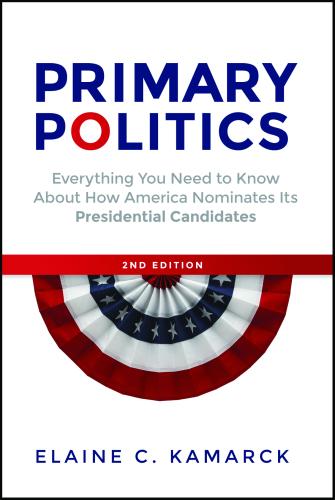
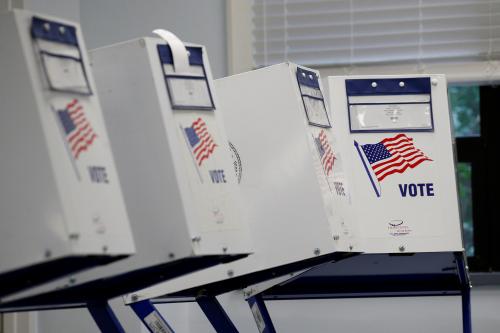
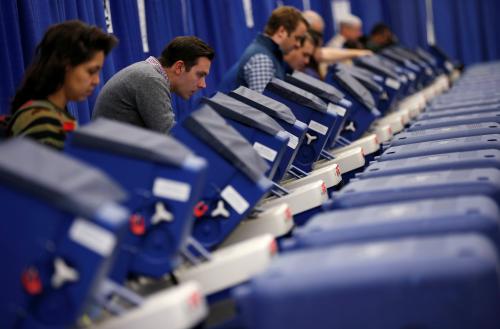
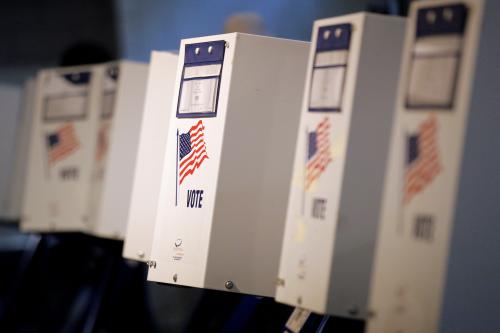



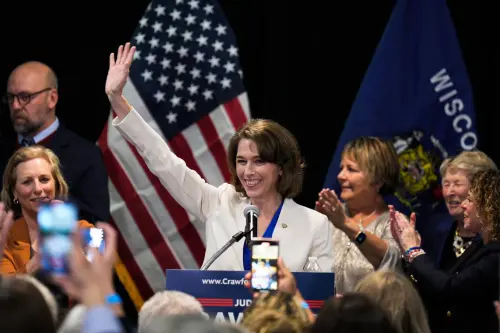
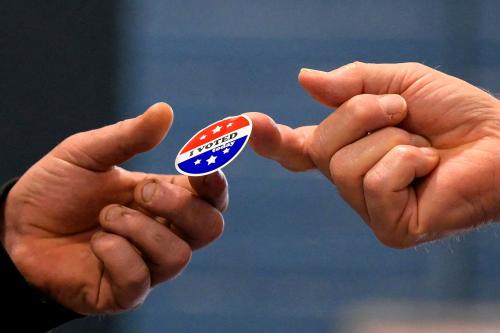
Commentary
Progressives versus the establishment: What’s the score, and does it matter?
July 12, 2018